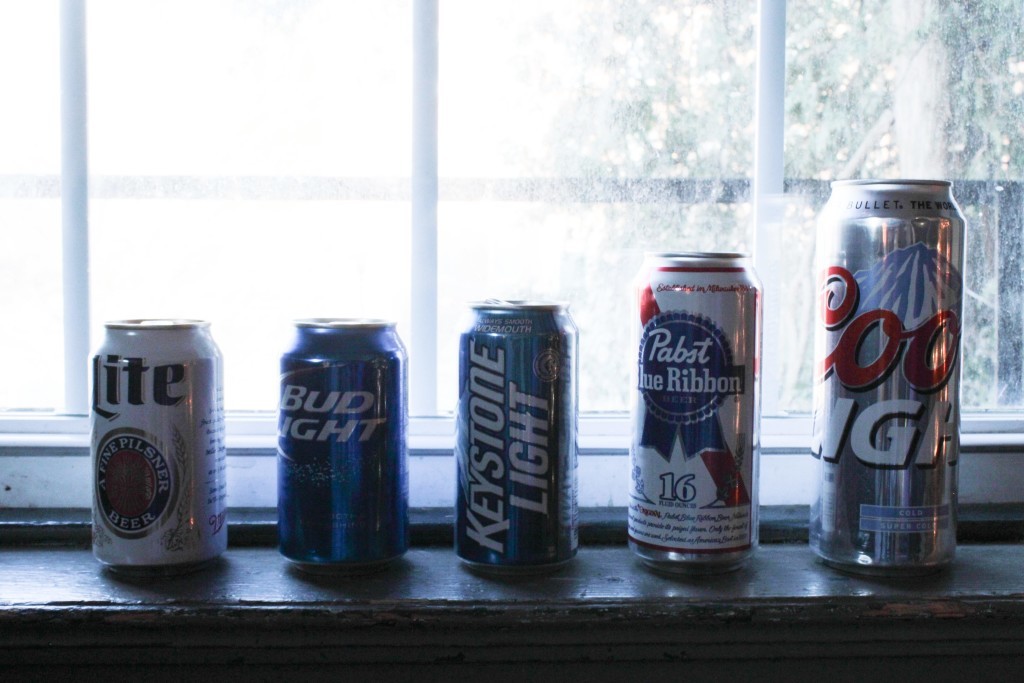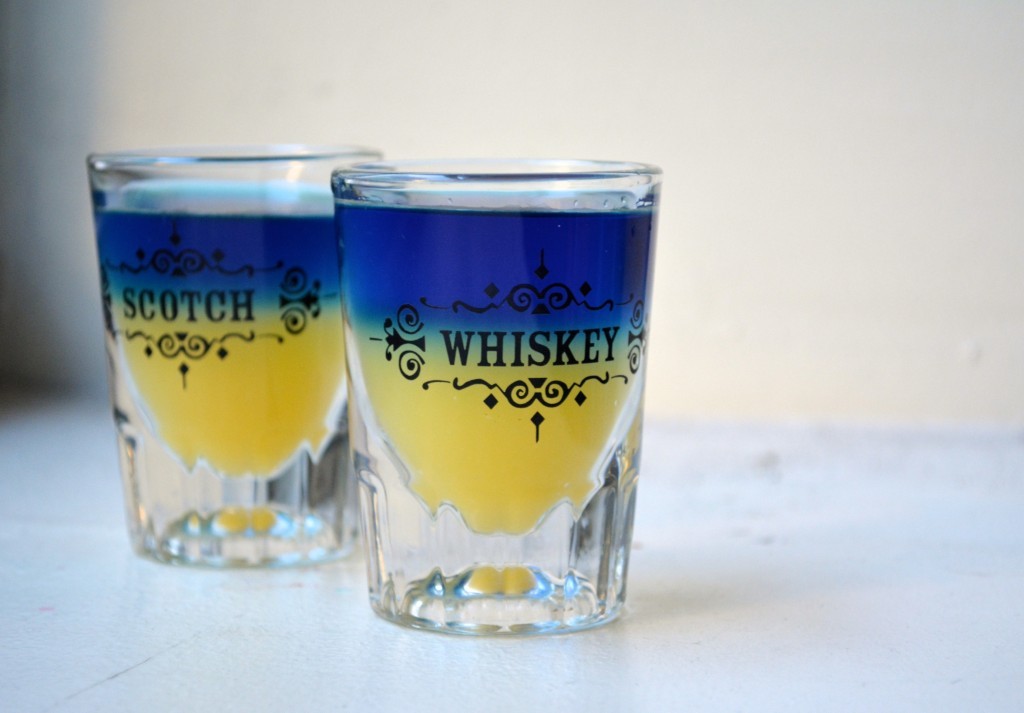You’ve heard it from your friends, you’ve heard it from your mom, you might have even heard it from your friend’s mom: don’t mix alcohols. If you want to get wine drunk, stick to wine. We won’t judge if you start chugging Natty at a frat party—just don’t start taking tequila shots later, or you’ll regret it.
There’s a notion that mixing alcohol (for instance, drinking vodka and then switching to beer, or starting with wine and then finishing with rum) is bad for us. But why do we feel that mixing alcohol makes us significantly sicker than sticking with the same stuff?

Photo by Sharon Cho
I was always taught beer before liquor, never been sicker, liquor before beer, you’re in the clear. Does it actually matter? Rather than doing an experiment (mainly because who in their right mind would volunteer to help me??), I decided to do some research. It wasn’t too hard to find the truth—which makes me wonder why other people don’t just Google things like I do.
Here’s what I found: it’s not the mixing that matters, it’s the order that matters.
According to Kevin Strang, PhD, if you start drinking something with a lower alcohol content, your body gets used to getting drunk at a certain rate. When you switch to something with a higher alcohol content, your body still thinks it’s getting drunk at the rate of the first drink, so you drink faster… and subsequently, you get sicker.

Photo by Margaret Weinberg
Good news: if you start with a drink that has a high alcohol content, and switch to something with a lower alcohol content (like whiskey to beer…ew), you probably won’t have a horribly bad time. Keep in mind, though, that any excessive amount of alcohol is going to lead to a pretty shitty hangover.
Truth be told, mixing alcohol isn’t the greatest idea, under any circumstance. Try to stick to just one type next time you’re out. And when your friend tries to tell you that she was throwing up all night because she drank vodka and then shotgunned some beers, tell her the truth: it wasn’t because she mixed alcohols, it was because she just drank too damn much.


